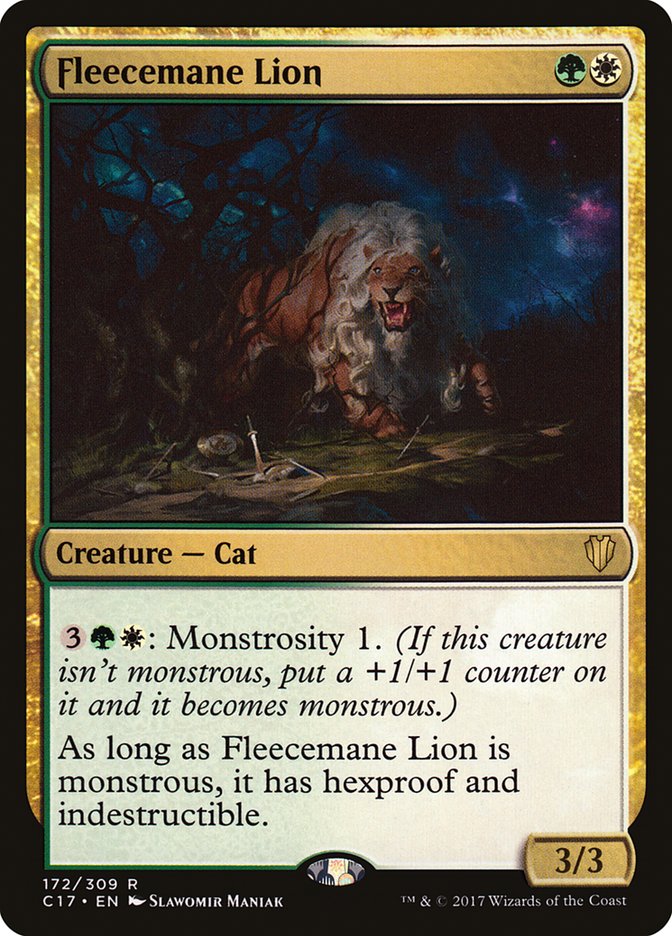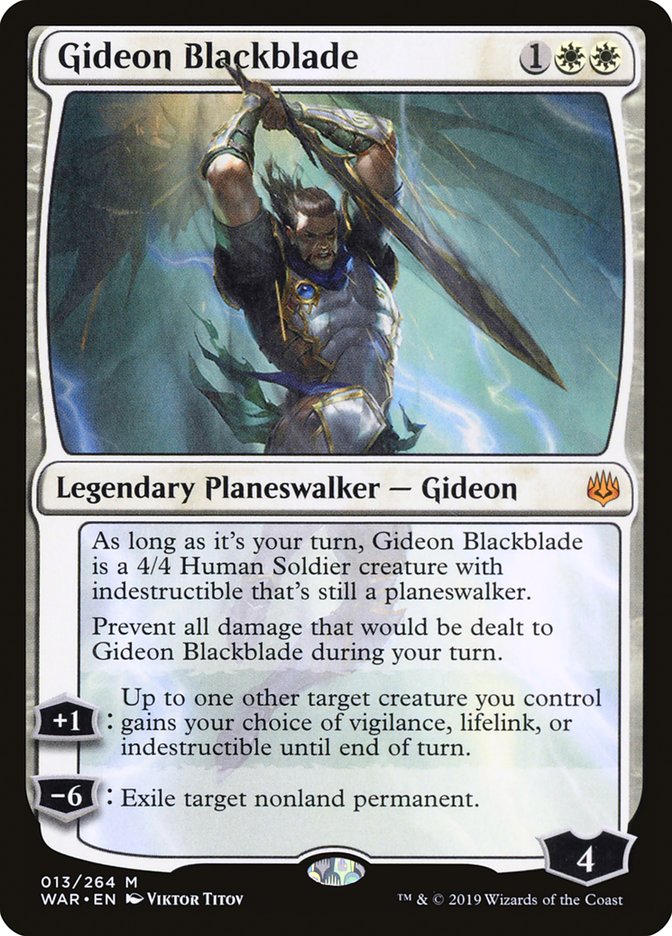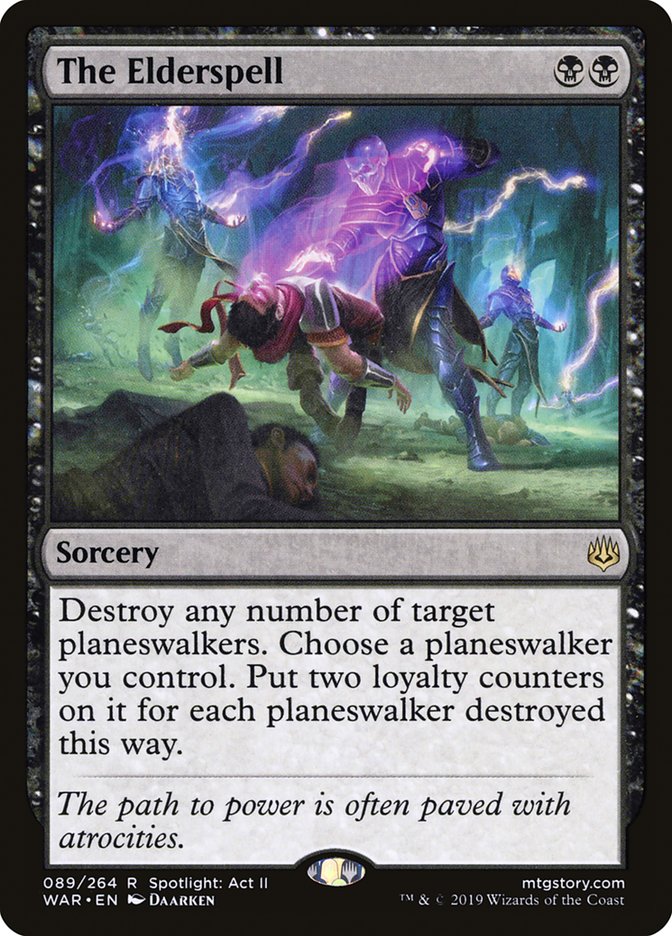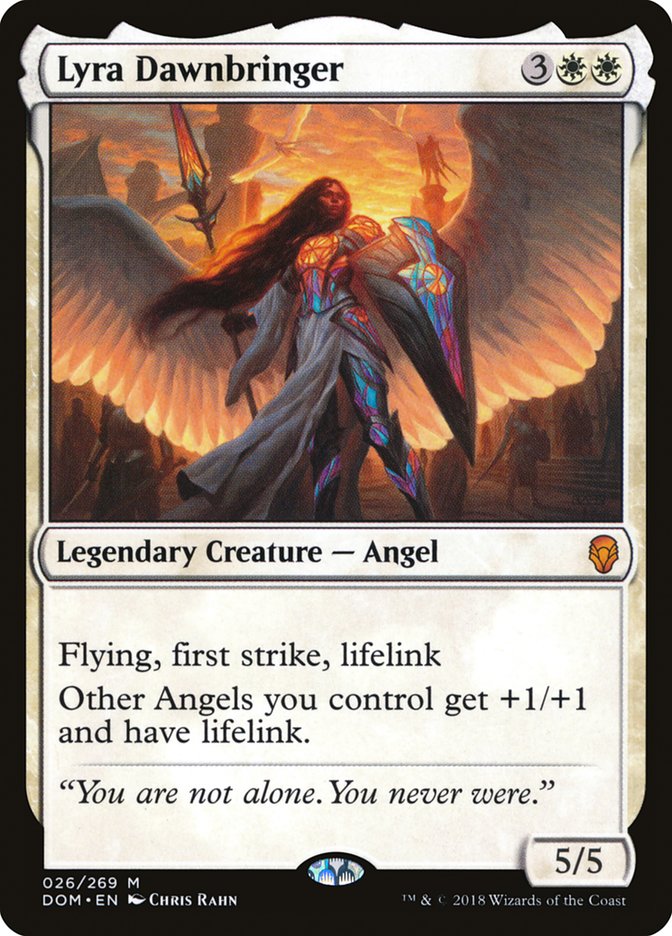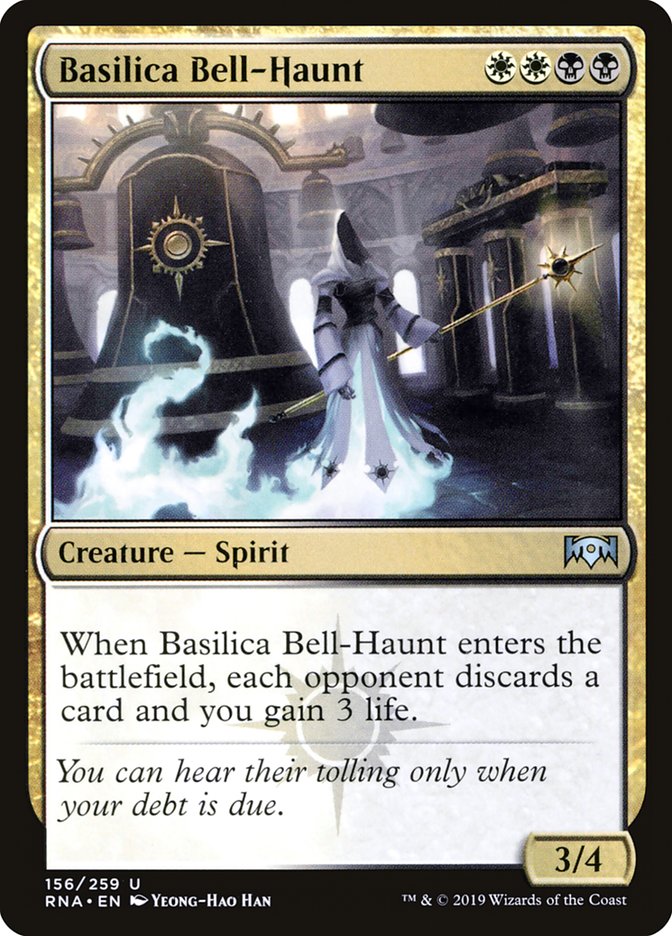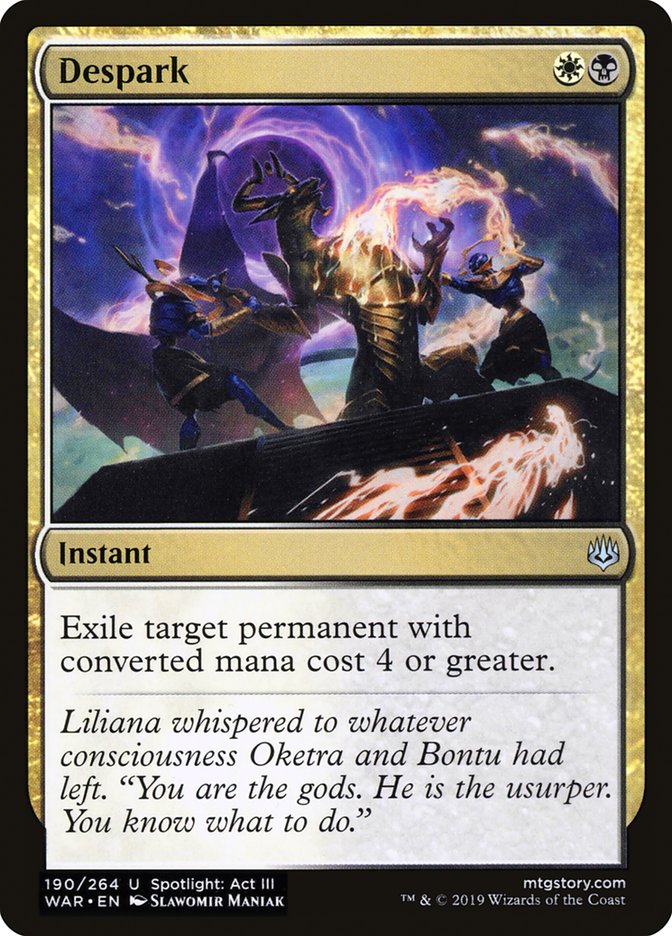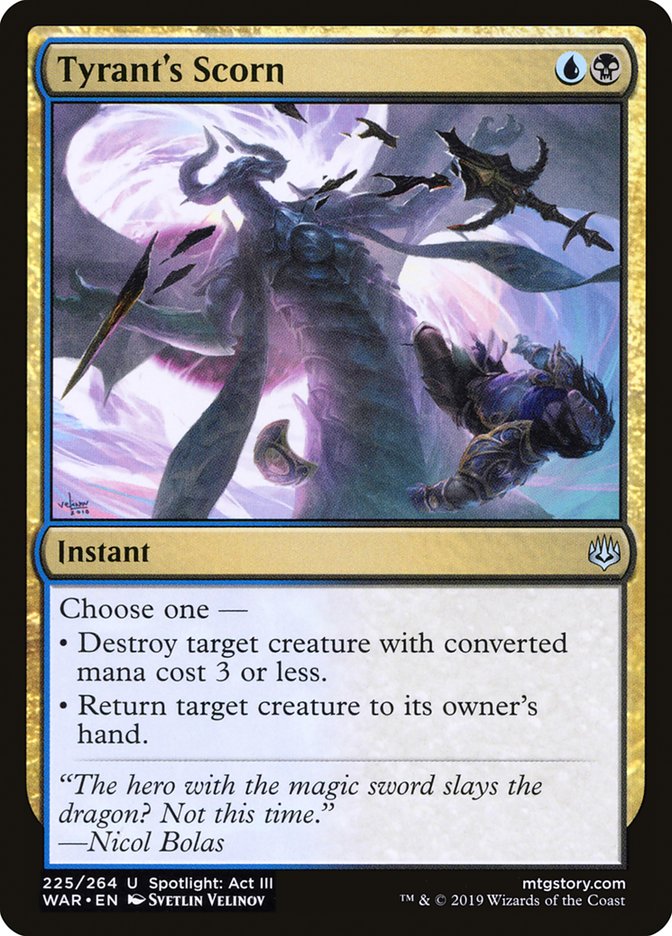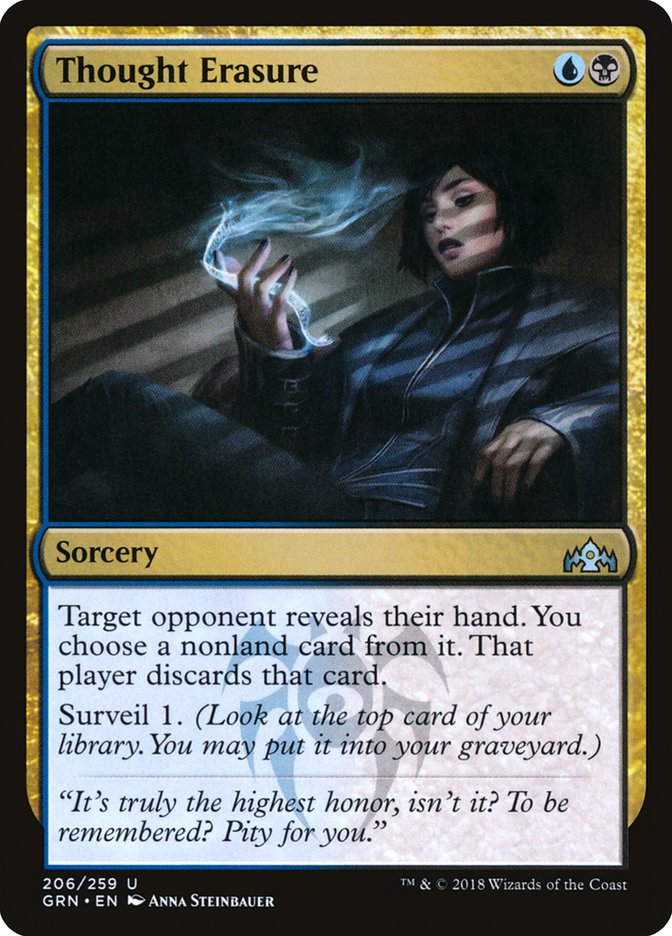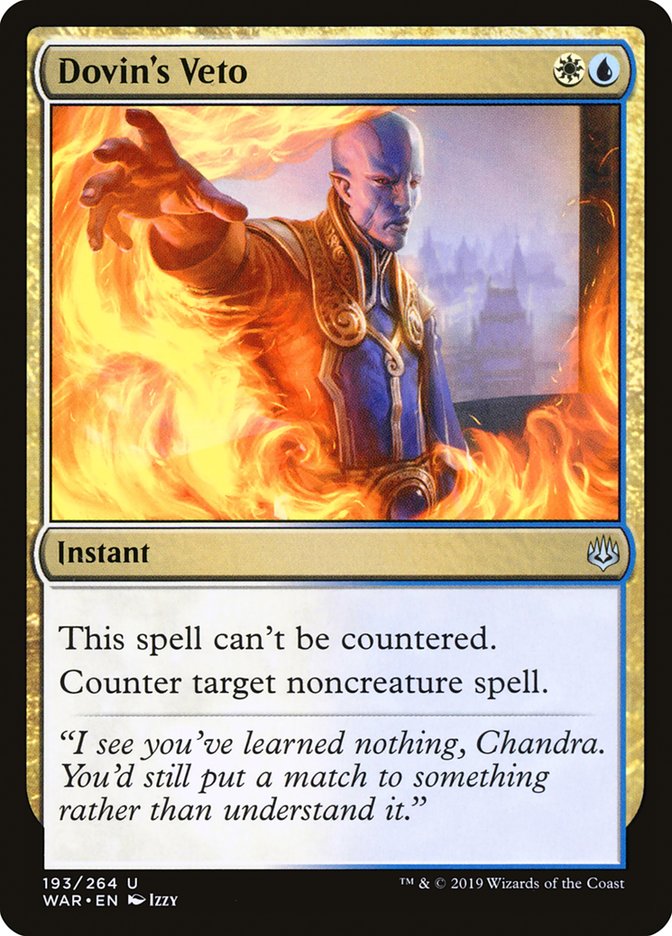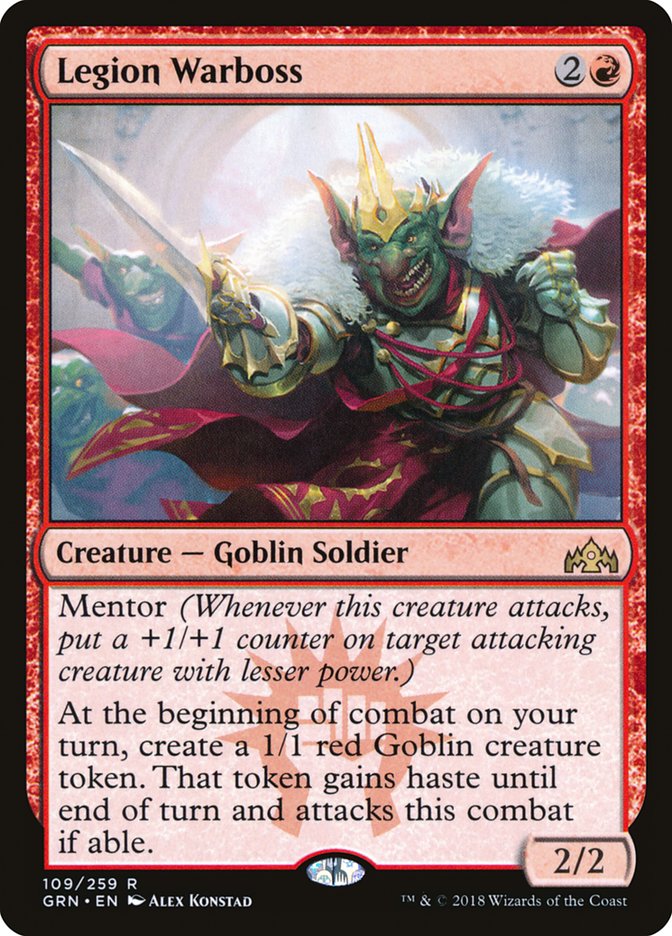Competitive Magic is changing and I don’t mean what you think I mean. The community issues that have arisen due to the many directional pivots are very important, but today I’m just going to isolate how these decisions have directly impacted the way I now prepare for Magic tournaments. Some of you reading this today might not feel like this content directly impacts your current trajectory in competitive Magic, but if the course continues down this path, it will eventually.
Especially if your aspirations involve one day dethroning me.
All right, so where do I begin? Competitive Magic at the highest levels is a completely different ballgame now, and again I’m just speaking about the actual preparation for and participation in the major events. Since the beginning of 2019, the only major events that I’ve played in have been Mythic Championships, Mythic Invitationals, and MPL Weekly. All three of these styles of competitions have had the same things in common – they’re for very high stakes and involve perfect information.
To clarify what perfect information means, it’s when you know going into a tournament that you’ll have access to your opponent’s entire 75 before playing your matches and they’ll have yours. This is a complete game-changer that was only used in big events like Worlds and The Players’ Championship due to the high levels of coverage for a very small number of contestants. The Tournament Organizers used this structure since being on camera in the early rounds was a giant disadvantage.
Coverage has become such an important part of competitive Magic that it’s been decided that the only fair way to run tournaments is to keep players on equal footing which involves giving everyone access to their opponent’s decklists so that unfair situations due to coverage don’t occur. It also eliminates the necessity for scouting at major events, which most players hated doing anyway, so this is honestly a great thing for most players I’ve spoken to about it.
This does, however, change the game. Especially when it’s become a part of every aspect of the matches I play. I sometimes even get the honor in playing in the Thursday Fandom Legends events, which also come with perfect information to keep things honest. I’m not joking when I say every match I play with stakes involved comes with perfect information, which has made me take a long look at ways to optimize these changing times.
So let’s start putting some meat on these bones and actually get into the subject. Today we’re going to discuss the differences that come with perfect information events compared to normal tournaments, the decisions I made during the MPL Weekly split that I won, and how I’ve prepared for the Mythic Championship III now that I start the tournament on Day 2.
Open Decklists Versus Hidden Information Events
One of my proudest moments in Magic was when I designed Abzan Control with Fleecemane Lion in the sideboard. But before I go too far, I must point out that my good friend Jacob Van Lunen gave me the idea, and it was a damn good one!
Anyway, this was during an era where there was an aggressive Abzan deck and a controlling version. The format has many cards in it that could kill a 3/3 for two mana, and almost every deck played them in the maindeck. They, of course, would sideboard them out against Abzan Control, as the deck didn’t have a single good target for them, which was exactly when I would bring in the two-drops. I gave the deck out to five people, and four of us ended up in the Top 8.
Creatures (10)
Planeswalkers (3)
Lands (26)
Spells (21)

Things like this are straight-up irresponsible to do in a tournament that involves perfect information. Now, there is one exception to that statement, and it’s when the threats in the sideboard are still great even if an opponent knows they’re coming. The reason why it’s so important is that an opponent will see it coming, as they now have that information. Cheeky sideboard plans or unique strategies lose a ton of value when an opponent knows exactly what’s going on before the match begins.
Open Decklist Magic is just a different ballgame, plain and simple. The values of specific cards and strategies fluctuate dramatically and the way you build your decks needs to reflect these changes. There are ways to still trick your opponents, but they involve sideboarding in a way they don’t think you’re going to. This can be difficult for some decks and even more difficult to pull off, since it always involves both leveling your opponent and the plan being powerful enough to win the game.
This doesn’t mean, for example, that Izzet Phoenix shouldn’t play Legion Warboss in its sideboard anymore, as things like that are just stock – they’re stock because they’re good, and even if your opponent knows it’s happening, it doesn’t mean they have the tools to stop it. The same can’t be said about Esper Superfriends decks playing History of Benalia in the sideboard, as decks like that aren’t designed to accentuate the inclusion of such cards.
I hope I explained this well, but if I didn’t, I’ll just use an example from Week 3 of MPL Weekly. Here’s the deck I registered.
Creatures (15)
- 4 Thorn Lieutenant
- 3 Emmara, Soul of the Accord
- 1 District Guide
- 4 Venerated Loxodon
- 3 Trostani Discordant
Planeswalkers (1)
Lands (8)
Spells (36)

At the time of registering this list, the Standard metagame I predicted was full of Mono-Red Aggro and Superfriends variants like Jeskai Superfriends and Four-Color Dreadhorde. While Selesnya Tokens is an underpowered deck relative to the other strategies, I predicted my opponents would not have the proper tools to interact with me, while I’d have the perfect answers for them. I’m not going to go into the metagaming side of this further, but if you’re interested, I already wrote an entire article about my process that you can read here.
I do want to talk about the sideboard threats I had in this deck as they pertain to the current subject of building decks knowing there will be open decklists. Now obviously my opponents would see my sideboard copies of Gideon Blackblade, but the matchups I wanted them against wouldn’t have much to say about them. These involved matchups with sweepers and planeswalkers, specifically Esper and Jeskai Superfriends. Of course decks, like this did have answers to planeswalkers, but it was difficult for them to bring them in, as Gideon Blackblade would be the only target.
These are the types of sideboard threats I’m now looking for, as they not only juke the gameplan my opponent’s going to want to execute, they also are in such low numbers that it’s almost impossible for my opponent to take them into account.
Another example of this is the decklist I played for Week 4 and Week 5 of MPL Weekly:
Creatures (8)
Planeswalkers (12)
- 4 Teferi, Hero of Dominaria
- 1 Liliana, Dreadhorde General
- 4 Teferi, Time Raveler
- 3 Narset, Parter of Veils
Lands (25)
Spells (15)

Again, I expected Mono-Red Aggro to be a thing, but at the time Lyra Dawnbringer wasn’t highly played. This meant most Mono-Red Aggro decks didn’t have access to Fight with Fire yet, which meant I would get some value out of casting Lyra against the deck. This didn’t mean Lyra couldn’t be killed, but it did mean there was a higher chance of it working as intended when I cast it.
Another interesting thing about this deck is the Basilica Bell-Haunts, which forced Mono-Red Aggro players into sideboarding in copies of Lava Coil which are only good against it. This gave me the chance for them to draw them too early in the game and not be able to deploy as efficient of a gameplan when I didn’t run out one of my four-drops.
Now things have changed, as this variant of Esper Midrange has become extremely popularized thanks to the wins from both Ben Friedman and Collin Rountree. Fight with Fire is a staple in Mono-Red Aggro, and both Izzet Phoenix and Gruul Aggro are equipped to beat the 5/5 flying creature.
It’s now practically irresponsible to put Lyra Dawnbringer in the sideboard of Esper Midrange, as there are other options that might be more efficient like Enter the God-Eternals. Opponents will be able to interact with a card like this and it’s not as good as Lyra Dawnbringer, but it will at least get some value before it’s interacted with. That beats tapping five mana to get no value!
Another important thing I’ve learned about the difference between Open/Hidden Decklist Events is that there’s a very fine balance between what players do have access to and what they don’t. Before 2019, I had played in seven major Open Decklist Events (three Players’ Championships and four Worlds), and the way I prepared for them evolved over time. At first, I thought it was important to have access to a wide variety of effects so my opponents could never “get me,” but that often resulted in them simply constructing a gameplan that still counteracted the cards I had access to.
Over time, I learned it was extremely important to keep the power level of my decks high and oftentimes that would mean being proactive. The more reactive you are when decklists are open, the higher the chance that an opponent is able to properly navigate your decklist. One would think it works both ways, as a reactive deck also gets that same information, but it’s a dangerous game trying to always have the correct answer for each situation, especially when they know exactly what answers you play and the numbers you have of them.
Sometimes the power level of a reactive deck is high enough to justify this approach, and that’s especially true now if you consider Esper Midrange a reactive deck. These rules are also extremely contextual to a given format, which means you really need to know what’s going on in a format to justify playing a reactionary strategy.
I liked Esper Midrange for Week 4 and Week 5 of my MPL Weekly play due to one major fact of the metagame: most decks are extremely rigid by design. The strategies being played are exceptionally powerful, but they lack fluidity in gameplan. If you look at most decks in the Standard metagame, it’s easy to tell what cards in the sideboard are for what matchups and what cards should come out. This is because most of the decks in Standard are extremely proactive and linear by design, so they need high-impact sideboard cards for specific matchups. This can be great for a deck like Esper Midrange, since it has a ton of cheap removal spells that cast a wide net.
These cards also work very well with Teferi, Hero of Dominaria, which so happens to be one of the most powerful cards in the format when paired with reactionary effects. Altogether, this deck does a great job at beating the expected decks from the past couple of weeks, but lately some decks have been popping up that threaten Esper Midrange, mostly due to executing a similar plan to what I did with Selesnya Tokens.
Creatures (11)
Planeswalkers (1)
Lands (20)
Spells (28)

Izzet Phoenix is another extremely malleable deck that can take on many different forms after sideboard. It’s another underpowered strategy in a vacuum, yet is extremely good when the metagame is in a specific place, which I think it currently is. Even with open decklists, this version has three-mana planeswalkers that are highly effective against Esper Superheroes, as they’re difficult to interact with after sideboard when the opponent is distracted by all the other avenues of attack. Saheeli, Sublime Artificer is especially good against the deck, which is one of the main reasons why I’m playing two copies.
Lastly, I brought up earlier why I think sideboard threats aren’t good but said Legion Warboss is an exception to this rule. That’s because it’s just so powerful, even when an opponent knows it’s coming, while also being protected by Spell Pierce and Dive Down.
If a sideboard threat is so good even if the opponent knows it’s there, you can certainly justify playing it and should seek such threats out as often as you can.


